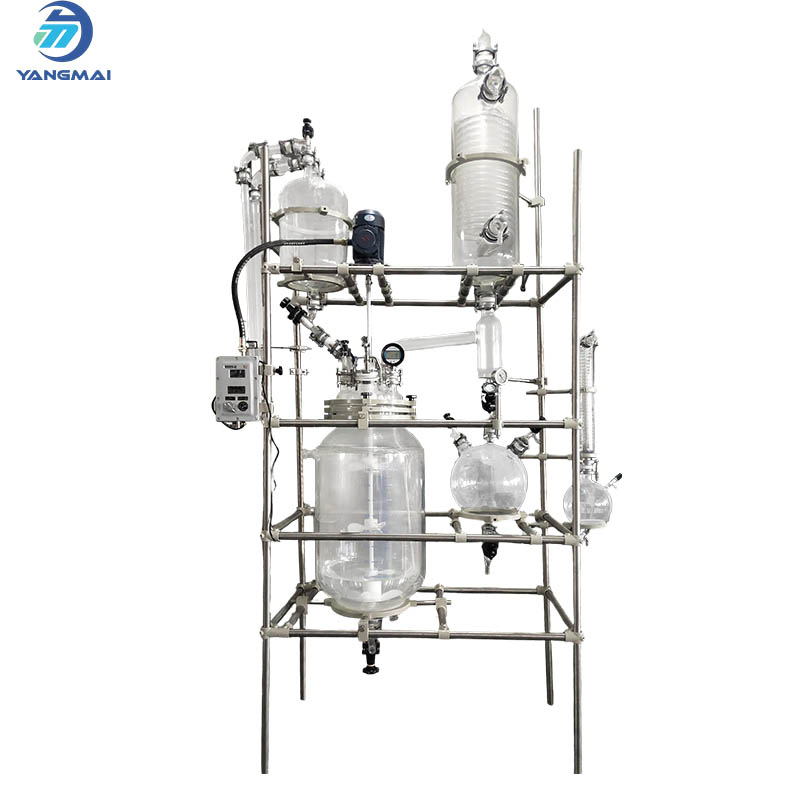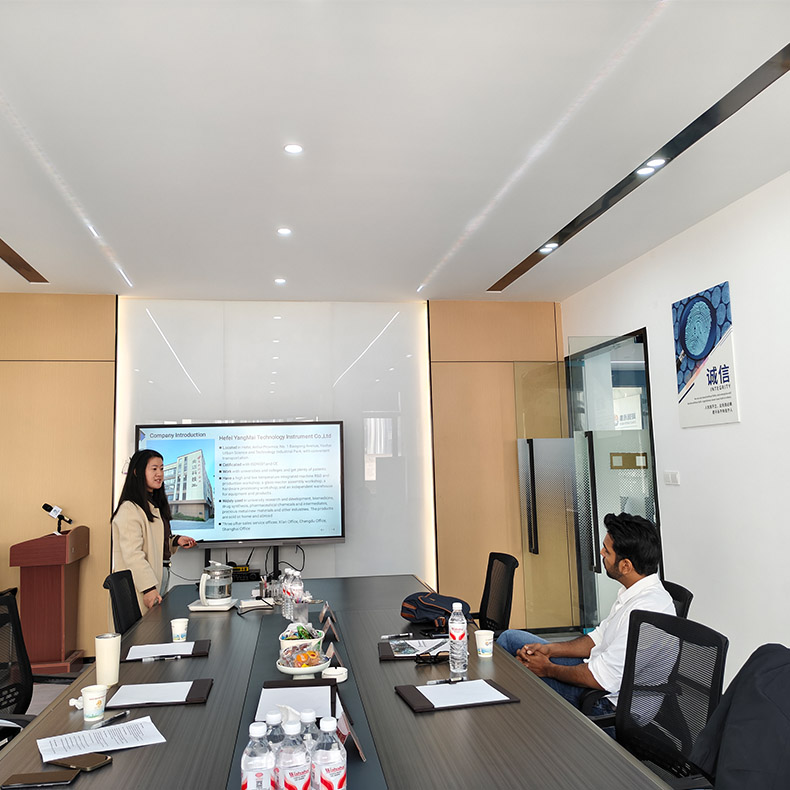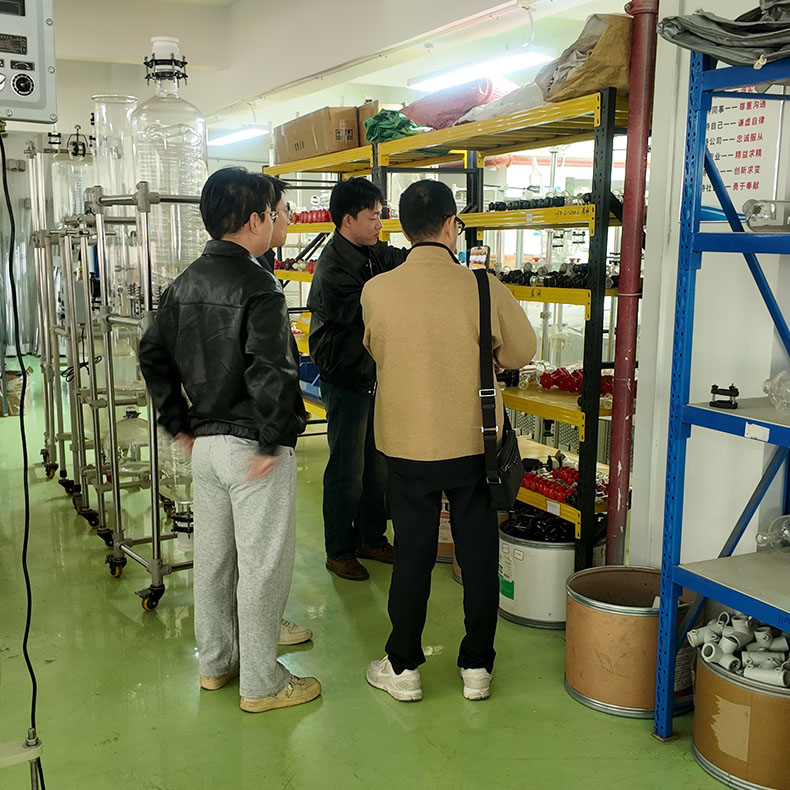What Are You Looking For?
Popular Searches :
Corrosion Resistent Glass Reactor for Lab Pharmaceutical reaction vessel Glass Reactor For CBD Extraction Precision Glass Column with Filter Core Exhaust Gas Neutralization Device Vitamin Concentration Molecular Distiller Solid Phase Glass Reactor 200L Heating & Cooling Circulator 150L Glass Reactor for Precious Metal RecoveryWhat Are You Looking For?
Popular Searches :
Corrosion Resistent Glass Reactor for Lab Pharmaceutical reaction vessel Glass Reactor For CBD Extraction Precision Glass Column with Filter Core Exhaust Gas Neutralization Device Vitamin Concentration Molecular Distiller Solid Phase Glass Reactor 200L Heating & Cooling Circulator 150L Glass Reactor for Precious Metal Recovery





















